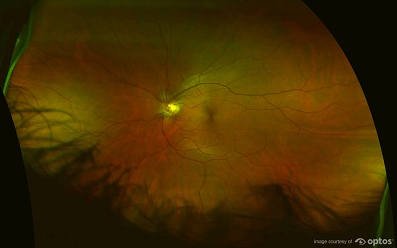January is Glaucoma Awareness Month
Not only is January the beginning of a new year, it is the month to raise awareness about the most common cause of preventable blindness. Glaucoma is an eye disease that if it diagnosed in its earliest stages, the outcomes for patients are very positive. Unfortunately, since many people are not aware of how common this disease is and that it can destroy up to 40 percent of a patient’s vision before they notice it, not enough people are screened regularly for the disease through comprehensive eye exams. Along with many other organizations, Optos would like to ask you to help increase awareness and encourage people to get their eyes examined regularly and include optomap® as part of your comprehensive eye exam.
Glaucoma Facts:
- There are 2.7 million Americans 40 and older suffering from this eye disease. The National Eye Institute expects this figure to rise by 58 percent, to 4.2 million by the year 2030.
- Experts estimate that 50 percent of people are unaware they have the disease which means there may be a blindness epidemic due to our aging population.
- More than 120,000 people in the US are blind due to this disease.
- Blindness can be prevented by early diagnosis and treatment.
There are two forms of glaucoma-related vision damage, but both begin with damage to the optic nerve. The optic nerve is the communication system between your eye and the brain. Images captured by the eye are sent to the brain by this nerve which can be compared to a cable that sends information from your computer to your screen so you can see it. Primary open-angle and angle-closure are the two types of glaucoma that are related to an increase in the pressure inside your eye. If the disease is found and damaged the ocular nerve yet there is not an increase in eye pressure, it is referred to as normal tension glaucoma.
High-risk groups for development of this blinding disease are descended from African, Hispanic and Asian heritages, people over the age of 60, family history of the disease, diabetics and those who have been diagnosed with severe nearsightedness. If you are in a high risk group it is even more critical to get regular eye exams to protect your vision.
Regular screening using optomap® ultra-widefield retinal imaging can help your doctor See more and treat eye disease more effectively. Learn more about what optomap can do for you and talk to your doctor today.
